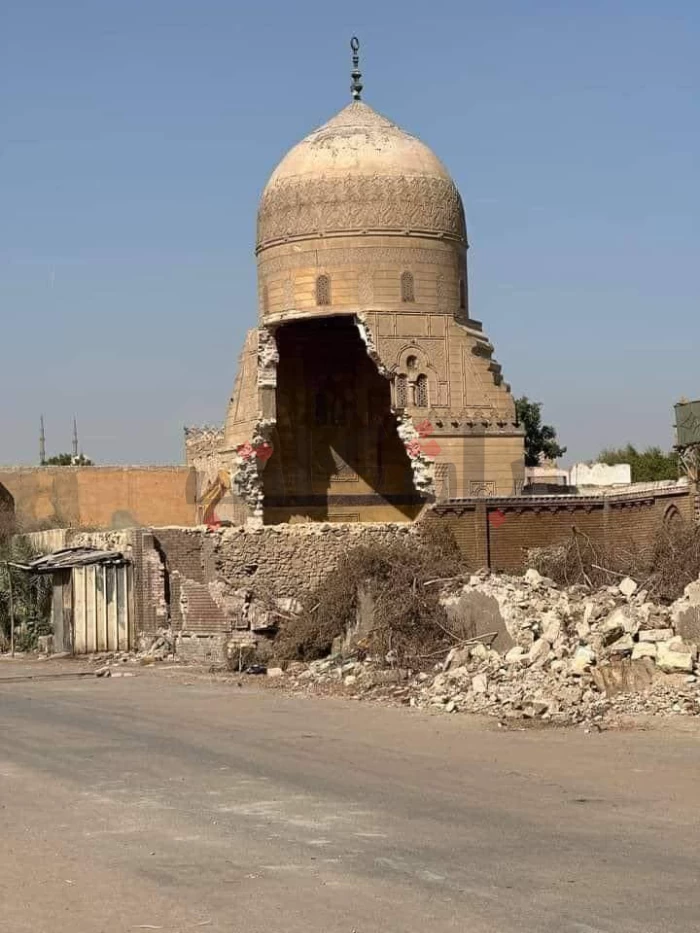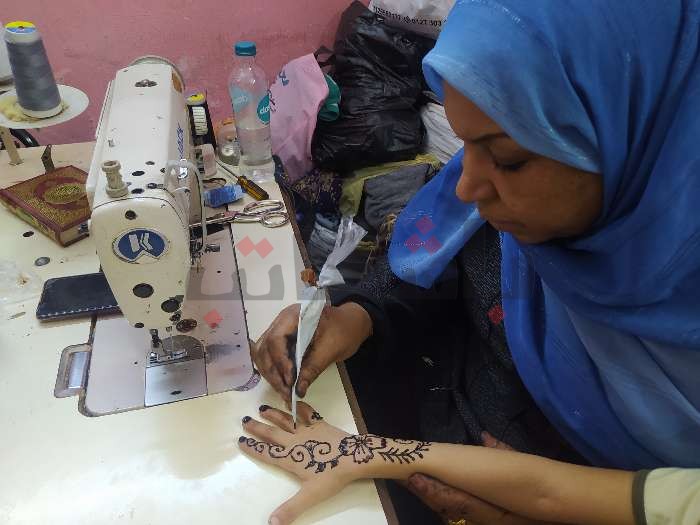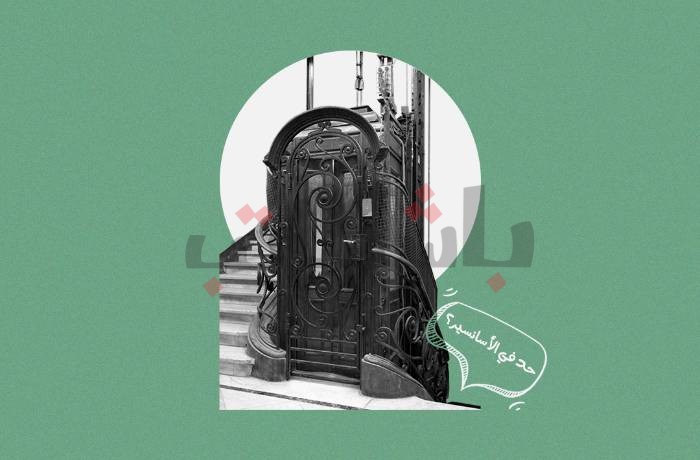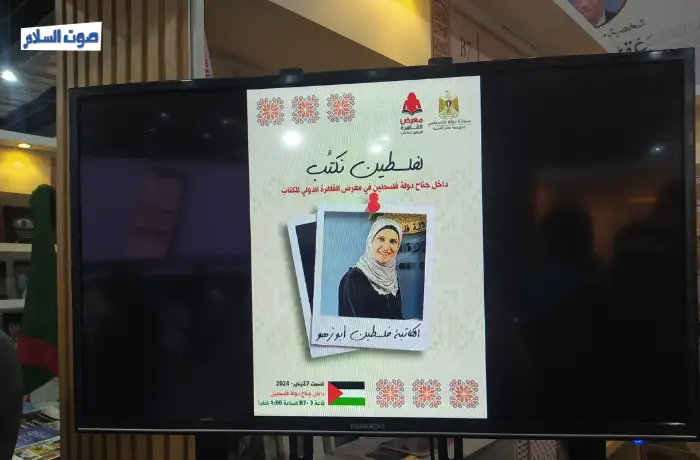A wave of resentment and sorrow swept through heritage and antiquities enthusiasts following the release of a photo depicting the demolition of the tomb of Halim Pasha and the dome of Mohamed Ali’s mistress (Mostawleda) within the Imam Al-Shafi’i Cemetery. These demolitions are part of broader removal operations aimed at making space for the construction of new main roads.
In recent days, social media users have widely shared the photo of Halim Pasha’s tomb, a prominent Ottoman Egyptian politician from the Mohamed Ali dynasty. The image, showing the tomb with half its dome demolished, has sparked outrage and prompted questions about the rationale behind destroying such heritage. Specialists have posted about the historical, cultural, and artistic significance of these tombs.
In response, the Engineers Syndicate announced in an official statement the formation of an urgent specialized committee of architectural experts to investigate this crisis, as demolition activities intensify. The committee aims to “reassess the implementation of projects in this sensitive historical heritage area, protected by Egyptian laws and international conventions, and to explore alternative solutions that preserve the architectural, heritage, historical, and humane value of the historic Cario cemetery,” according to the statement.
Tarek El-Nabarawy, head of the Engineers Syndicate, told Sout Al-Salam that the committee will monitor and disclose the facts, submitting relevant documents about this heritage. The announcement of its formation reflects the Syndicate’s commitment to institutional procedures, ensuring the committee’s effectiveness in this matter. The goal is to present proposals to the engineering community to preserve heritage and history, and to mitigate the negative impact of demolition on Cairo’s identity. “We regret this action deeply, and every Egyptian is saddened by it,” Al-Nabrawy added.
The crisis surrounding the demolition of Imam Al-Shafi’i cemetery traces back to the development of Salah Salem Road. This began with the decision to establish the Jehan Sadat Axis (formerly Al-Fardous Axis) and extended to the Fustat area with the establishment of the National Museum of Egyptian Civilization in 2021. This development led to the destruction of cemeteries on both sides of the road, including Sayeda Nafisa, Bab Al-Wazeer, Al-Tahawiya, Sidi Jalal, Sidi Omar, and the recently demolished Imam Al-Shafi’i cemetery, to facilitate road expansion.
The Cairo City Hall announced plans to remove 2,700 graves in Old Cairo district to construct Al- Fardous axis, aiming to connect downtown Cairo with major longitudinal routes, including Salah Salem, Autostrad, the extension of Marshal Tantawi Axis, the Ring Road, New Cairo, and the New Administrative Capital.
The Crisis of Laws
Renewed discussions on the demolition of cemeteries have emerged as executive authorities began dismantling the Imam Al-Shafi’i Cemetery in the third week of October. Recognized as the oldest Islamic cemetery in the world, it was included in Cairo’s maps at the UNESCO World Heritage Center in 2008, covering the period from 1481 to 1993. The map highlights the entire area, deemed a world heritage site by the United Nations, alongside the tombs of Sayeda Nafisa, Fustat, and Ahmed ibn Tulun, which were also part of the development plan.
However, Egypt has not locally designated these tombs as antiquities. According to the Antiquities Protection Law No. 177 of 1983, under Article 4, “Ancient buildings are those registered pursuant to decisions or orders prior to the implementation of this law, or for which a decision is issued to register them as antiquities in accordance with the provisions of this law.”
Despite the existence of a specific law for registering and protecting antiquities, many buildings over 100 years old have not been recognized as antiquities or unique architectural heritage by government agencies, even with Egypt’s ongoing efforts to register its heritage with UNESCO.
Michel Hanna, a writer and novelist focused on documenting Egyptian architecture, points out a “flaw” in Egypt’s definition of antiquities and heritage. He explains that the Ministry of Antiquities only considers registered sites as antiquities, dismissing everything unregistered, “even if it is a thousand years old.” In response to objections against the demolition, officials often claim the structures are not antiquities, which Hanna deems meaningless justifications.
Hanna anticipates that UNESCO may remove Cairo from its list of human heritage sites due to the demolitions, as the cemeteries are the only part of Cairo registered as such. He further clarifies that calls for UNESCO to prevent the demolition are misguided, as UNESCO is a documentation body, not an enforcement agency.
The Demolition of Halim Pasha Dome
Following the circulation of a picture showing the demolition of Halim Pasha Dome on Tuesday, October 22nd, MP Abdelmone’m Imam submitted an investigation request to the Parliament last Wednesday, seeking clarification on the reasons behind the dome’s demolition and the measures in place to preserve Egypt’s architectural and historical heritage. He emphasized that “this action poses a threat to archeological and heritage sites, which are essential to the Egyptian identity, and stressed the need for intensive efforts and cooperation among relevant ministries to safeguard these sites”.
Maha Abdulnasser, a Member of Parliament, voiced her concerns on her Facebook page, stating that “our architectural heritage is an integral part of our identity and history, and the demolition of such landmarks distorts the collective memory of the Egyptians.” She called for an immediate halt to the demolition and urged all concerned parties to conduct a comprehensive review to protect the heritage.
Although demolition work began three years ago, recent images of Halim Pasha Dome being torn down have intensified public outrage. “People were angry as the dome was an artistic beauty. Who could bear to destroy something like that? This particular dome was so special that no one expected it to be demolished. The blatant act of demolition infuriated people.” Michel Hanna commented on the situation, stressing that alternative road planning solutions could have ensured the cemetery was left untouched.
Historian Abdulazim Abdou, Founder of the Cairo Biography Initiative, told Sout Al-Salam that the cemeteries of Imam Al-Shafi’i hold significant Mamluk heritage. He lamented the loss of heritage that “forms an essential part of our identity and could have provided valuable scientific material for study”. Abdou believes the intense anger over the Halim Pasha Dome stems from the photo taken during the demolition process, which served as a stark reminder of the ongoing destruction and sparked renewed discussion about heritage preservation.
Cairo Memory
Abdou believes that the demolition of these sites is a tantamount to erasing the memory of Cairo -a city with a rich history of funerary heritage. The disappearance of this part of Cairo’s history and urban fabric ultimately leads to the erosion of national identity, a significant component of which is heritage. Abdou describes Cairo as being in a stage of “alienation” from its identity and landmarks.
According to Abdou’s research, this isn’t the first instance of targeting and erasing Cairo’s funerary heritage for road network development. He describes Cairo’s modern history as “notorious for demolition,” starting with the excavation of graves to establish Salah Salem Road in the 1960s, followed by the removal of graves for the Autostrad Road, and in the 1990s, with the construction of Banhawi Road, which erased a number of Bab Al-Nasr cemeteries. The same scenario is repeating itself today.
Abdou comments on the current situation, saying, “the difference now is the boldness and speed in making the decision, without allowing space for discussion with people of interest and specialists, or presenting research papers to decision-makers to develop alternative solutions. The disaster lies in the rapid implementation of the decision”.
Cairo Biography, an independent initiative dedicated to documenting Cairo’s heritage, released a promo for the “Majazeeb Al-Qarafa - Cemetery Maniacs,” featuring insights from specialists. “Our role stops at documentation. It was crucial for us to release the film because we anticipated the demolition, in addition to several writings aimed at documentation that we are working to publish,” Abdou explains.
The Egyptian Cemeteries page, which focuses on documenting cemetery history, also shared photos of the tombs before demolition, highlighting the artistic and aesthetic details of the graves. However, Taye’ and his team were unable to document the demolition due to security measures.
“The tombs of Imam Al-Shafi’i are not just tombs but rather unique architectural treasures. We have lost significant architectural, artistic, and historical value, starting from the smallest details of the tombs, including the drawings, inscriptions, interior and exterior designs, and the domes’ shapes. They represent a 1,400-year history, from the advent of Islam in Egypt to the Mohamed Ali dynasty. These were Islamic museums, not just cemeteries,” Ibrahim Taye’, founder of Egyptian Cemeteries page, said to Sout Al-Salam.
Unique Artistic Lines
Artist and Cemetery Scripts Documenter, Mohamed Shafi’i explained to Sout Al-Salam that the tombs of Imam Al-Shafi’i are uniquely distinguished, particularly exemplified by the Halim Pasha Dome. This dome features Mamluk heritage, combining plant and geometric decorations and utilizing the “Thuluth Script”, an Islamic Arabic script dating back to the fourth century AD. This dome, along with other tombs, are adorned with verses of poetry mourning the deceased, often inscribed with gold or silver using this script.
Executive authorities began demolishing the tomb of Mahmoud Sami Al-Baroudi, a 19th century Egyptian poet and politician, last Wednesday morning. From a technical perspective, Shafi’i noted that the burial chamber, uniquely made of copper, stands out as a modern-era model, while most chambers are typically constructed from stone and marble. The chamber bears the lines and signature of “Youssef Ahmed,” an artist credited with reviving the Kufic script, one of the oldest Islamic scripts. Ahmed inspired calligraphy in mosques and cemeteries and taught at the Royal Calligraphy School in the 19th century.
Shafi’i contends that the demolition of Imam Al-Shafi’i Cemetery will result in the loss of an open book on the history of Islamic Egypt, along with the works and signatures of artists. This will significantly impact the documentation of Islamic calligraphy’s history, as ongoing artistic discoveries and research have been conducted in the area. History students can also use the tombs to study the social and intellectual aspects of the period.
“Egyptians are accustomed to beauty, and losing the visual nourishment provided by simply passing through the streets of old Cairo may lead to the prevalence of an opposite model -ugly- in both architectural and artistic contexts,” Shafi’i explained.











